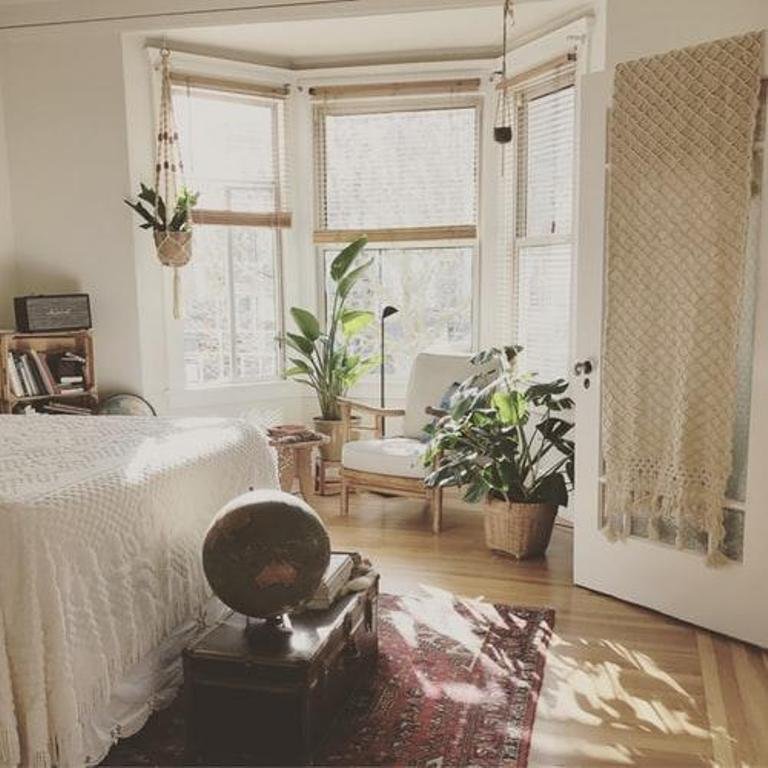
Healthy Lighting for Study Spaces
The best lighting improves productivity in studies-slash-working from home scenarios. Healthy lighting for students has an abundance of benefits, do not prioritize it see how physically, mentally & emotionally health deteriorating it can be – for the love of GOD, do not try it!
Working from home or studying, you are ultimately bound to be in close proximity – physically – to the work at hand, thus the higher risk of bad posture, neck & back pain, and if you are not privy to good circadian rhyrhm lighting, you are inevitably prone to major eye strain problems.
Top it all off, the bad interior lighting can jeopardize the entire learning mood you thought you had when you started it. Poor bad lighting wanes your concentration despite the efforts you put on.
To nip the problem in the bid, opt for new professional LED lighting. Without further ado, let’s find the Healthy lighting for study spaces, folks!
To begin with:
LED vs Fluorescent Lamps for Study Space

If you’re following the best energy-efficient light trends, LED bulbs are indisputably winning the battle.
- The Energy-saving LED bulbs feature longer lifespan, more environmental materials, less heat emission risks and healthier elements (no mercury containment), which make lamps adopted by LED technology the first best and optimal option.
There is a conventional light preference group too:
- The fluorescent bulbs light is inclined more towards natural daylight. No arguments, but facts, natural daylight has the best study environment for studies and work.
However, LED lighting has been gaining popularity with its new features and functions, such as eye protection, adjustable brightness and so forth.
Types of Lamps for your Study Space
- Desk Table Lamps
What do you long for – ergonomics wise – when you sit to get work done? Comfort! In this regard, nothing can relatively beat desk table lamps. There are two kinds of desk lamps as mentioned below:
- Tabletop.
- Clipping on desks.
They help to keep posture intact with their flexible arm & a neck feature, and some even have a designed rotary head. The Desk tabletop is often equipped with an automatic timer and a smart touch control panel for the ease. Desk table lamps are designed to support solid metal & are manufactured keeping in mind both the ergonomics & beauty.
- Ceiling Healthy LED Lighting
Ceiling lights are analogous to our traditional choice. For it is our primary light source for studying, it has to be LED lighting to ensure a healthy circadian rhythm as a whole. Is your home décor preferences include traditional ceiling light, only? Please pay heed!
First things first, calculate the size of your room. Is it more on the bigger side? Mount a larger size ceiling LED light so as to cover the entire space. It doesn’t stop get you off the hook, ceiling lamp lumens have to be covered.
Beware: Avoid placing your study desk right under the ceiling light. Why? Well, you may be susceptible to glare caused by light bounce or shadows due to the backlight.
For healthy lighting, it is recommended to use ceiling light as well as a task light to ensure the best light for your study. If you can afford both, well & very GOOD!
- Floor LED Lamp
According to a survey, NYU dormitories choose floor LED lamps because of their tendency to a higher power as compared to your average table fixtures. Floor LED lamps offer greater light intensity than the desk types.
By the way, the suitability factor of floor lamps for studying purposes is still under question. The most sought after floor LED lamp is:
Console floor LED lamps: It is a classic floor lamp with a lamp head attached to the single stem. Without mention, it is effective for study/work because it comes with dimmable lights, flexible neck and solid base.
Opt for floor LED lamps with a remote controller covering vast features.
- Wall LED Lamp
You rarely hear a family asking/talking about a Wall LED lamp in brunch parties. It is because it is sporadic to install one. The need for a wall LED lamp arises when you own a small table in a living room – the crowded one in the house – and you find it ergonomically difficult to place a desk LED lamp or a floor LED lamp, so a healthy wall LED lamp becomes the safest choice.
It is important to opt for white bright with respect to its light color and lumens
How to Choose the Best Lighting? Pray, TELL?

Once you know what things you need to look for while purchasing the best healthy lighting, you will get the win-win deal!
Lumens
Did you know it is advised to have at least 50 Lumens per square foot in a room? Hmm, to be blatantly fair, the requirements differ with representativeness. Say, for the kids and the aged people the lumens output varies altogether. How?
- Kids frame their visual system and have strong eyesight in decent condition.
- Aged people have weathered eyes, making for a dissimilar luminance needs.
Warm light is significant for a healthy circadian rhythm & a productive environment. Exposure to warm light ought to be about 3000k.
Warm white light with lower lumens density plays a huge part in children’s eyesight preservation. On the other hand, for aged eyes, it is essential to go for a lamp with higher lumens – bright white light.
Glare & Shadows: A NO-NO Purchase
The best light for the study room or workplace must not shine glare light or cast shadows.
Make sure the light color of your study light is similar to your background light to avoid casting double shadows. It becomes difficult & uncomfortable to focus your eyes completely on study/work when you are exposed to many shadows on the work table.
No need to remain skeptic any longer, buy a glare eliminating lamp. Pay special attention to what color it is – light color, please!
How Lighting Affects Study Habits
Lighting is an essential factor in the ability of the brain to focus. Studies show that learners who study in brightly lit environments tend to get higher grades compared to those who study in dimly lit classrooms. Also, full-spectrum lighting, such as natural light, helps improve behavior, creates less stress and anxiety, and improves general health and well-being.
FAQ About Lighting and Learning
What is Kelvin in Lighting?
Kelvin refers to a unit of measurement describing the hue of a light source. The higher its value, the closer the artificial light’s color output to actual sunlight. For residential and commercial lighting applications, Kelvin temperatures range from 2000K to 6500K.
What is cool light and warm light?
Warm lighting has lower color temperatures, so it appears more yellow. On the other hand, cool lighting has higher color temperatures, which appear whiter or bluer. Cool white lighting is around 4000K, and warm white lights range from 2200 to 3000 Kelvin.
Which is better for studying, a cool light or a warm light?
When it comes to studying, warm white vs cool white is always a cause of debate.
If you still want to read before going to bed (late night read), it is best to read a book or magazine under warm lighting. It’s your best option if you want to lose yourself reading a book. For daytime reading, your best option is cool lighting.
However, studying is different. People tend to forget things before sleeping because of the state of drowsiness. That’s why cool light is better when studying. It will help you remember the things you studied at night. Warm light is best during the day because it relaxes your eyes. Also, it keeps you focused all throughout your study period.
Light to Compensate Or NOT? Choose Wisely

People say it is a pretty basic task when it comes to shopping for LED lights for home, but to what expense? A light that does not make you feel concentrated at your tasks?
If it is for just a “primary studying light”, it is better to opt for a lamp with higher lumens output. For complimenting purposes: the best-LED desk lamp for studying/working will cover it. Desk lamps with their lightweight figures are preferable, although dimmer in comparison to table types.
Color Temperature: Not A JOKE!
Have you ever wondered about the effectiveness & harshness of soft white or warm yellow lights? Of course, Inclinations, practices & needs have a much say about the choice of study light.
It is found that natural white light from 3500-4000K is not a bad alternative. Since warm white lights are mind-relaxants and cool white lead to eyestrains.
Properly looking through whys & hows of purchase can help you in a long haul. It sets a balance between eye-health, most of all. Healthy LED lighting can help reduce eye fatigue.
If you have further queries or suggestions regarding the Healthy lighting for study spaces, please share it with us in the comments below!




